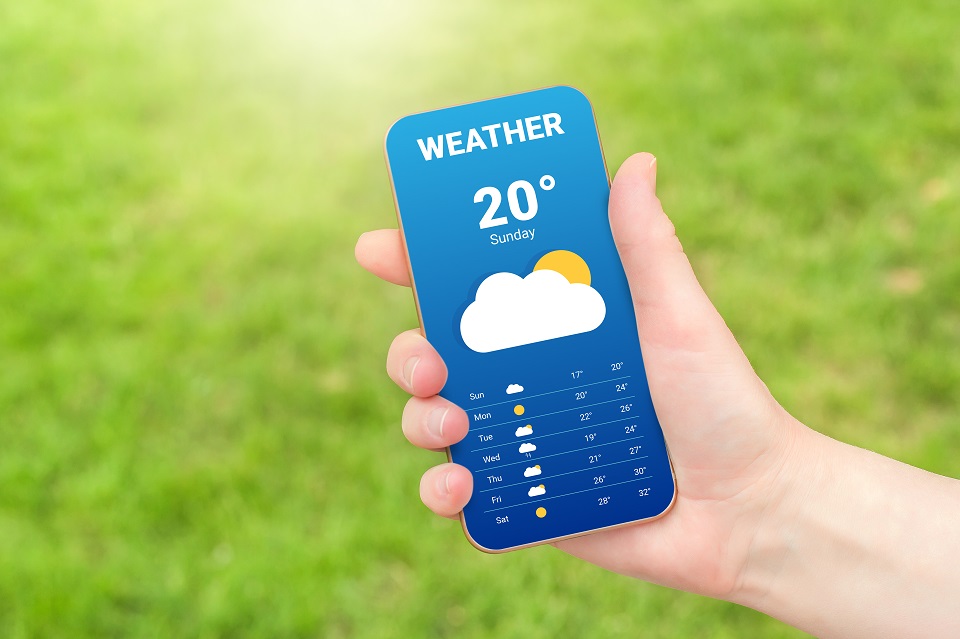Rain. Some people find the soft tapping on windows to be a calming lullaby. Others see it as the very definition of romance, conjuring up images of sharing umbrellas. For some people, it’s a hassle since it wets newly washed garments that are put outside to dry. Beyond these subjective feelings, however, there is a complex dance of data and science that foretells the timing and pattern of these drops’ arrival on our planet. Let’s go out on a quest to comprehend the rain’s musical compositions through the prism of data analysis.
1. The Prelude: Gathering the Notes
Each symphony starts with a prelude, which is a collection of notes. These notes in the field of meteorology comprise enormous volumes of information gathered from numerous satellites, radars, weather balloons, and ocean buoys. Temperature changes, humidity levels, air pressure, and wind currents are just a few of the variables that each device measures.
2. Harmony in Chaos: Identifying Patterns
Meteorologists must sort through a deluge of data to identify significant patterns. Here is when complex data models are useful. Meteorologists can forecast future trends by examining past weather patterns and comparing them to current data. When did your weather app last indicate a 60% chance of rain? That is the outcome of sophisticated algorithms analyzing data patterns from many sources.
3. The crescendo: Real-time analysis
The weather is dynamic and constantly varying. Therefore, while historical data serves as a basis, real-time data analysis is essential for making precise forecasts right away. This is especially true in cases of sudden weather changes or extreme circumstances. The quick analysis of incoming data enables the prompt issuance of alerts, whether for a lovely drizzle or an approaching storm.
4. The Rhythms: Seasonal and Geographical Variations
The rhythm of a tune can change, and so do weather patterns, which also exhibit seasonal and geographic changes. Meteorologists can foresee these changes because of data analysis. By examining patterns specific to specific countries and seasons, one can forecast the monsoon season in Asia, hurricane season in the Americas, or light spring showers in Europe.
5. The Unsung Verses: Oceanic Patterns and Their Influence
Oceans are crucial to weather forecasting. Temperature anomalies in the Pacific Ocean, such as El Nio or La Nia, have a significant impact on the world’s weather patterns. Meteorologists can forecast droughts, floods, and changes in temperature across continents by studying oceanic data.
6. The Modern Maestros: AI and Machine Learning
The new conductors of our weather symphony are machine learning and artificial intelligence. These systems continuously learn from fresh data to enhance and refine predictions. Forecasts are now more accurate than ever since they pick up on tiny patterns that conventional models could have missed.
7. Encore: Personalized Weather Forecasts
We are transitioning from broad to individualized weather predictions as a result of the development of data analysis. Consider receiving forecasts that are specific to your neighborhood rather than a larger city or area. This level of specificity is necessary for precision agriculture, which supports farmers in making knowledgeable choices regarding planting, irrigation, and harvesting.
The Finale: Respecting and Coexisting with Nature
Rainfall melody analysis and prediction go beyond the realm of academia. It has significant ramifications. Accurate forecasts help us manage our everyday lives, assist farmers in food production, and save lives during extreme weather conditions.
Even if we’ve made progress in weather forecasting, it’s important to keep in mind that nature is still enormous, strong, and gorgeously unpredictable. There is always a component of surprise—a sudden deluge on a sunny day or an unexpected rainbow after a drizzle—but our tools and data analysis offer direction.
In conclusion, The next time you’re drinking tea while the rain patters rhythmically outside, think back to the vast orchestra of data and technology that foresaw that precise moment. It is an artful synthesis of the whims of nature and human creativity. So let’s toast to the melodies of rain, the patterns in the mayhem, and the unsung symphony of data that makes the weather prediction available to us at a moment’s notice. Let’s appreciate, respect, and marvel at nature’s magnificence as we cohabit with it, one rainstorm at a time.


Leave feedback about this